Submitted by Anju George
In the Eyes of Montreal: How it gets its fame from being a Non-Capital City?
Canada Architecture News - Jun 11, 2019 - 15:39 19145 views
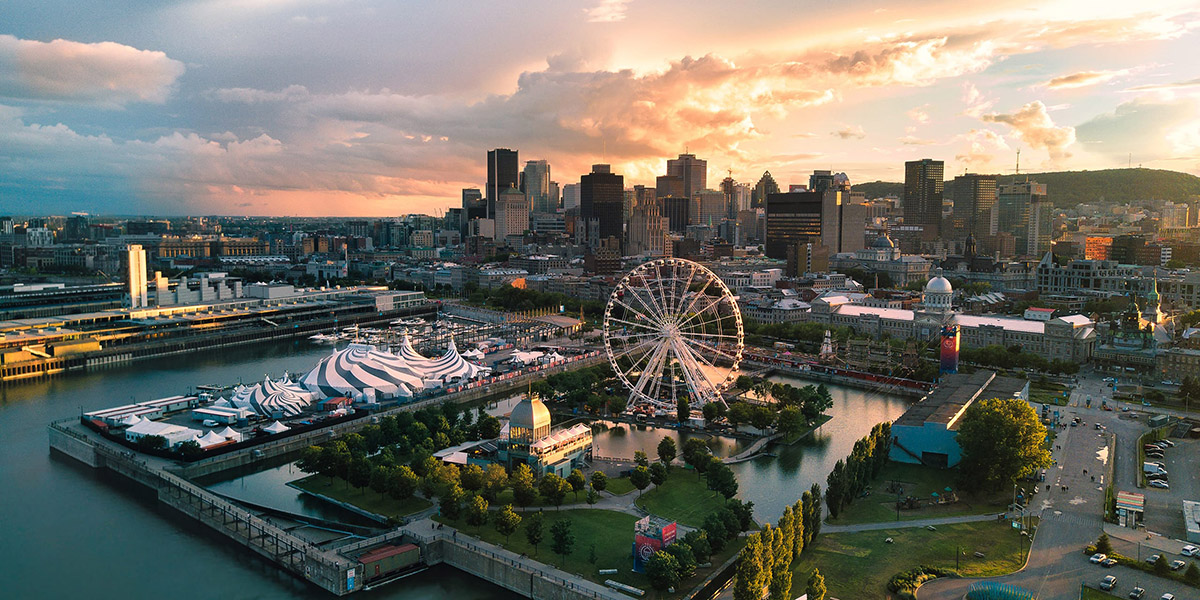
The uniqueness of non-capital cities can sometimes only be felt, not so much expressed in a string of words. Yes, you have travel guides and books to help enliven your visits, but does it really do justice?
There is a certain emotion that comes over you when you walk the streets of Montreal and Toronto, both prominent non-capital cities. Is that the same feeling you experience when you enter Quebec City or Ottawa? Probably not! Yes, Quebec City and Ottawa are most definitely Canada’s capital cities, but Montreal and Toronto speak out to you. So, what do these cities exhibit differently from capital cities? Or, are they, in fact, largely the same? What makes dynamic bilingual Montreal stand apart from the also bilingual capital Quebec City?
Canada’s cultural capital, Montreal, situated in the province of Quebec, houses the largest population in Quebec and is also Canada's second most populous municipality following Ontario’s Toronto1. However, Quebec City is the centre of public administration, making it a government town in every sense of the word2. Over the years, Montreal has become the pre-eminent city of industry and finance, whereas Quebec City remains to be the capital city showcasing multiple layers of history.
Montreal, like Quebec City, has a very healthy blend of modern and heritage architecture with its beautifully landscaped streetscapes. Both of these cities are largely similar in that they are informal scrambled developments built on a pedestrian scale that are not especially emblematic of a lot of other downtown developments.
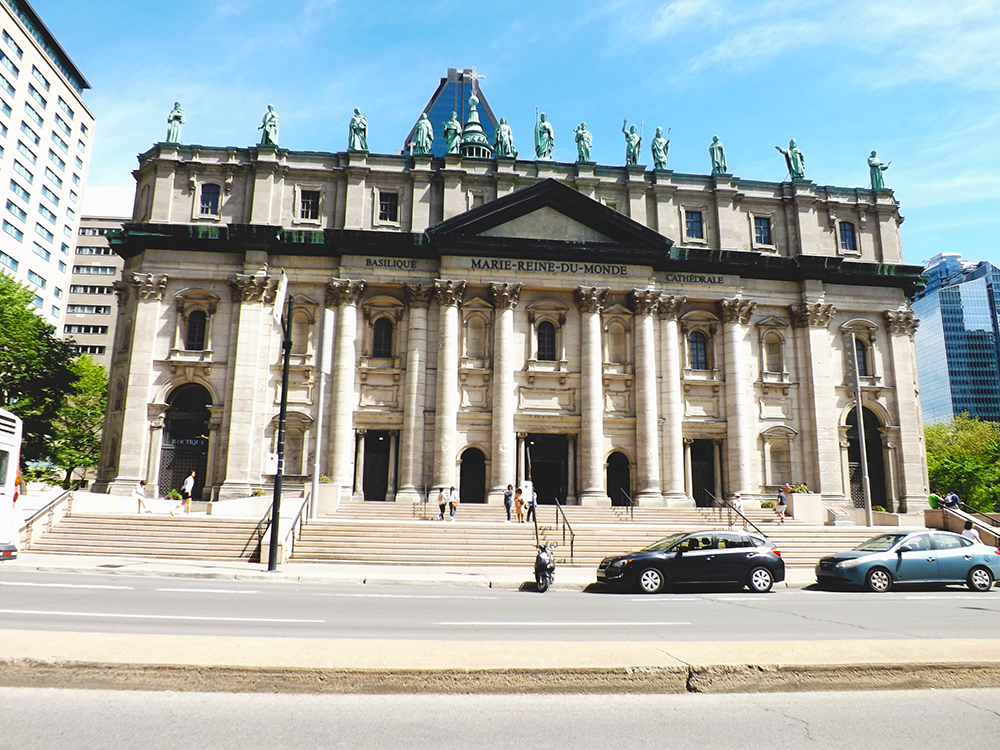
Basilique in Montreal. Image © Anju George's private collection.
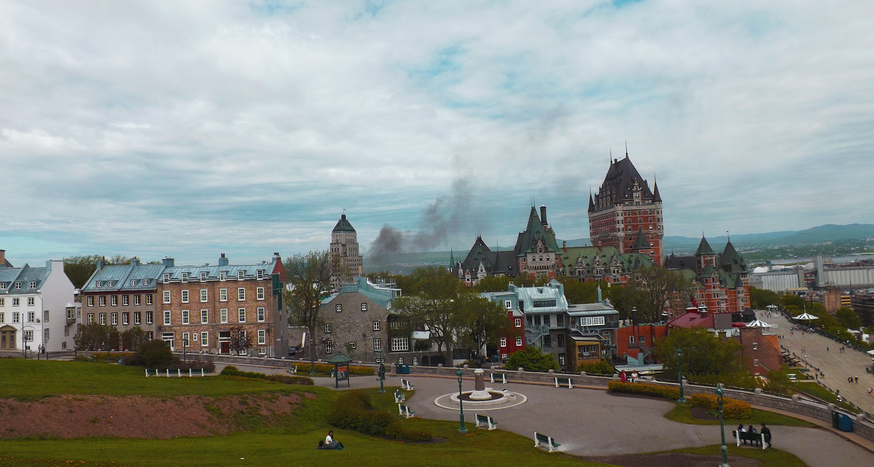
Architecture of Quebec City. Image © Anju George's private collection.
The public realm is designed to play a vital role in creating a ‘sense of place’ that attributes to the vibe of the city. But, who is using the public realm in the culture capital and who is using the same in the capital? Here is where the difference lies. The population make-up of these cities differs greatly, and therefore the types of persons using these spaces differ by a great deal. In Montreal, the 'highest numbers of persons in comparison with the rest of the population' belong to the age group that consist of 20 and 40 year olds, which is not the case in Quebec City, with individuals between the ages of 50-59 years taking that title3.
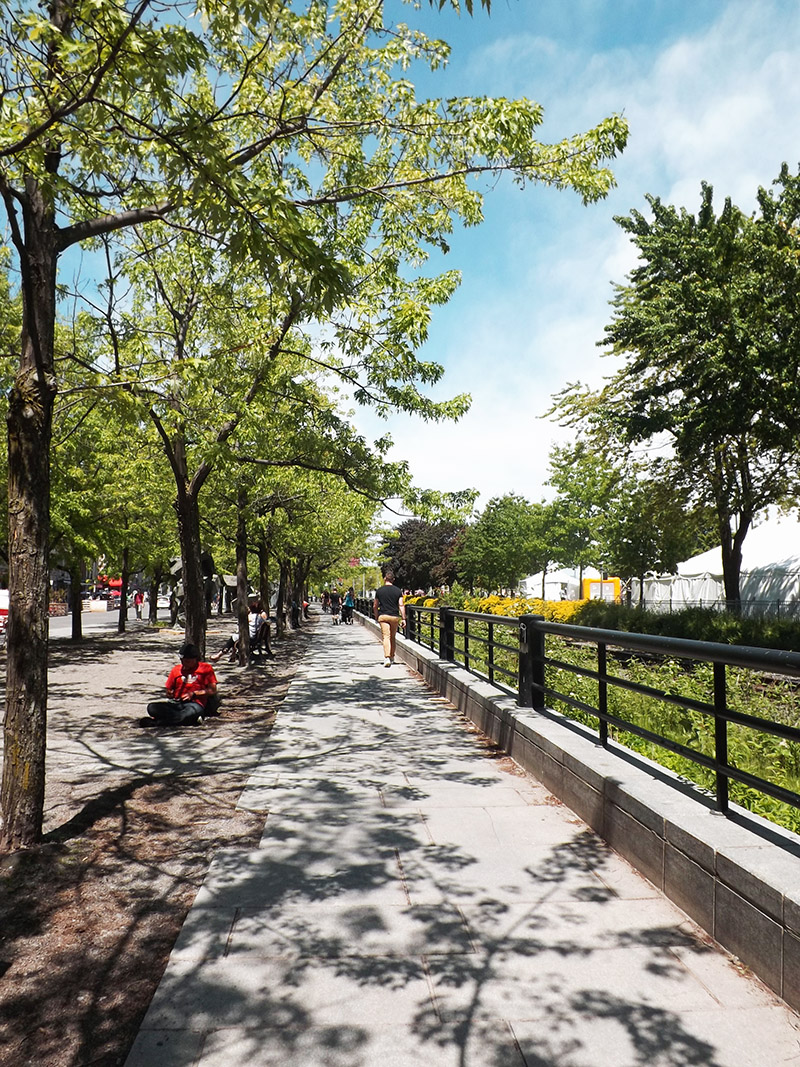
Complete Streetscapes in Montreal. Image © Anju George's private collection.
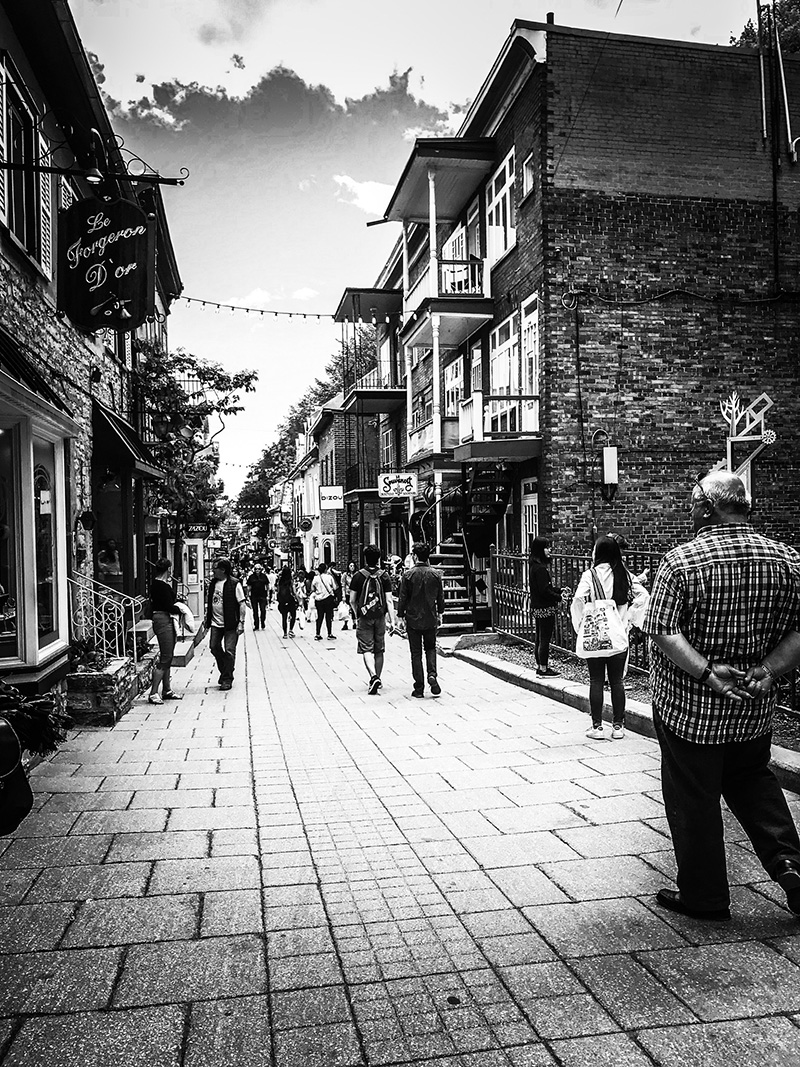
Public Realm in Quebec City. © Anju George's private collection.
With the different population make-up comes the influence of the automobile on the street. When I asked an American visitor in Montreal to give me her thoughts on the quality of Montreal’s public transit system, she was quick to answer that the public transit was excellent. All the same, Montrealers consider the car to be an important, and might I say, ‘sexy’ mode of transportation, whereas the same cannot be said for Quebec City. And obviously so, Quebec City gets its label as ‘Canada's healthiest city’. The fact that the St. Lawrence River helps in alleviating the harmful effects of pollution also helps Quebec City earns its label.
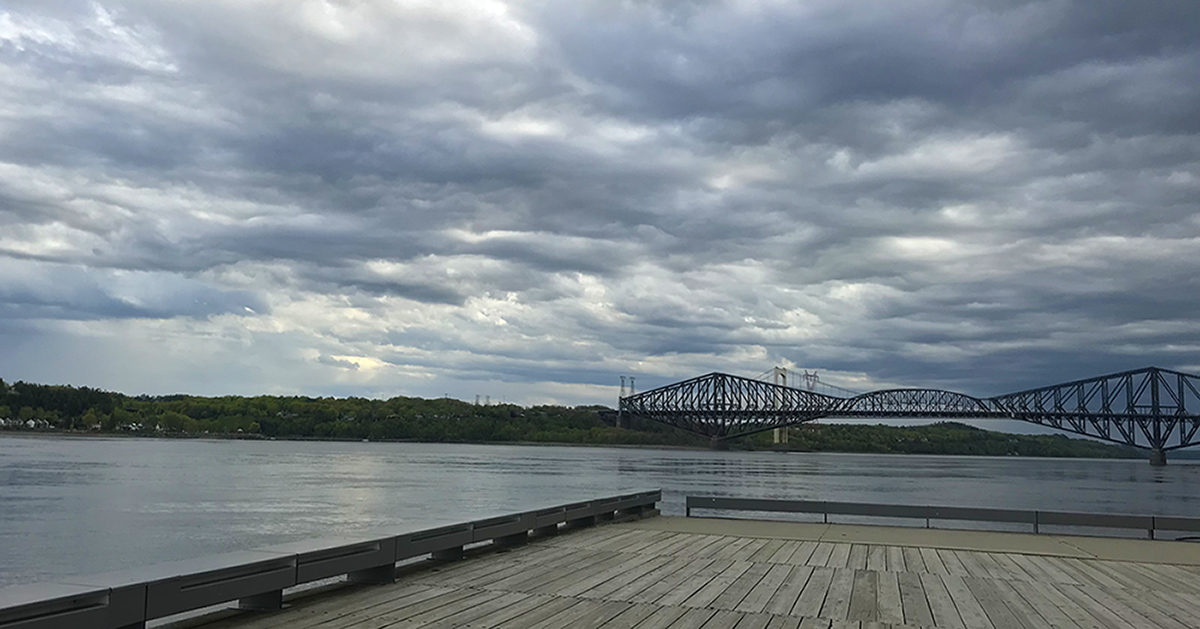
The beautiful river along Quebec. Image © Anju George's private collection.
Another is the effect Montreal has on people, those who are visiting and those who treat Montreal as home. As Jean-Pierre Karwacki wrote in Time Out Montreal, it ranks high in the best cities of the world as it is a “top destination for letting your freak flag high” where you can just be yourself. This sort of ‘choreographed bohemianism' and musical culture-oriented development speaks out to the younger self-expressing individuals4. The capital, Quebec City, on the other hand, is dotted with churches almost at every corner, thereby marking the importance of the Church.
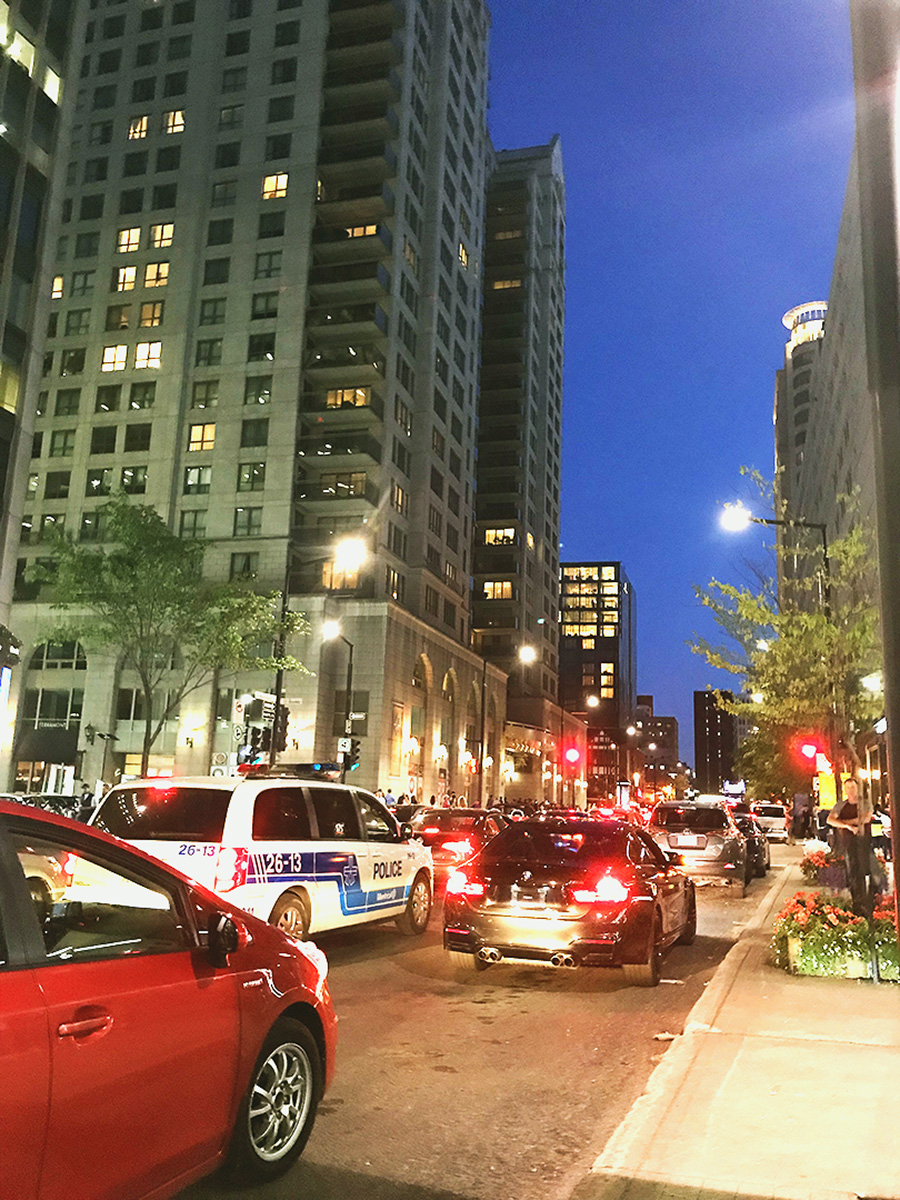
Taking pride in the automobile in Montreal. Image © Anju George's private collection.
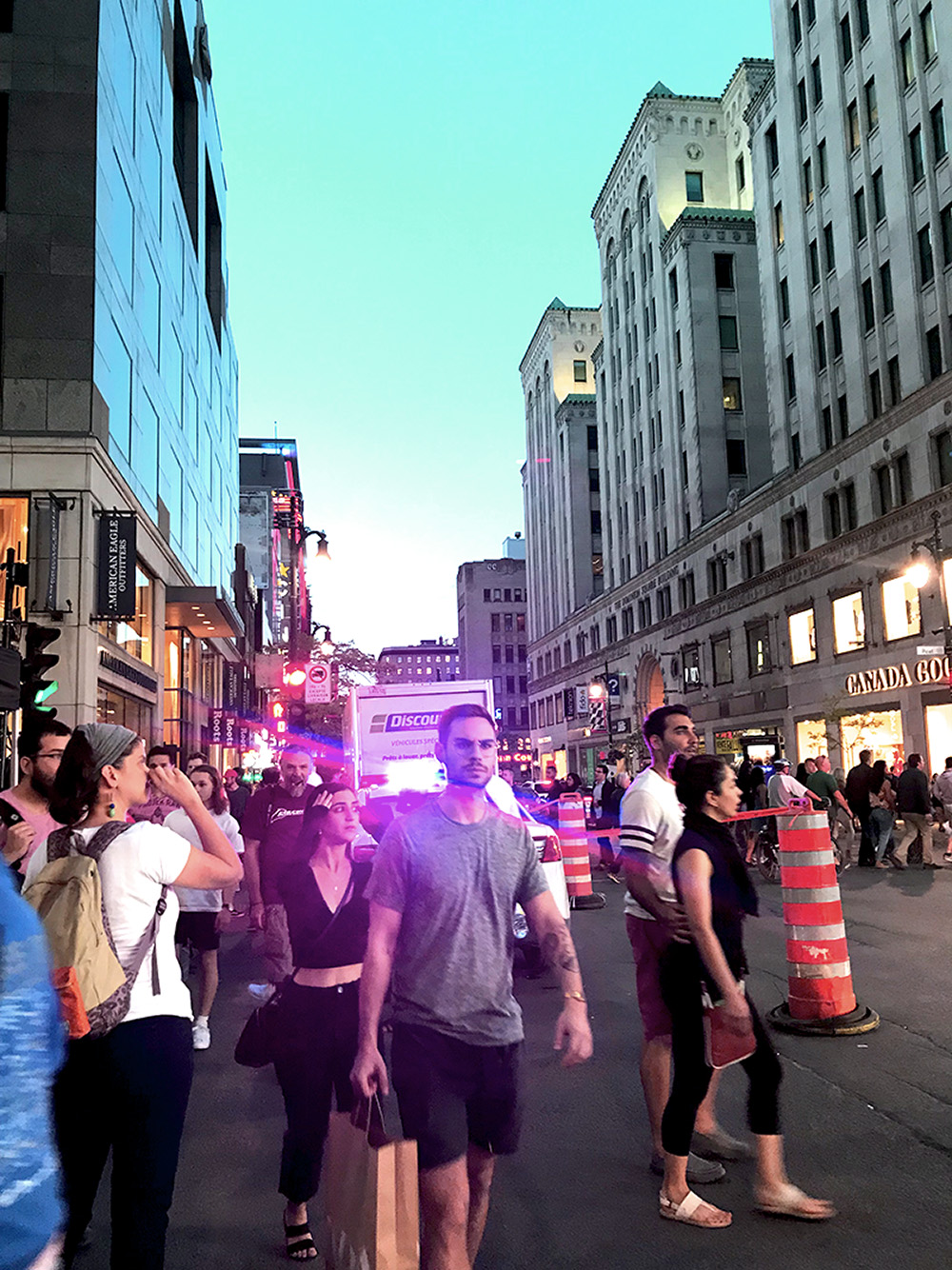
During the Montreal Grand Prix. Image © Anju George's private collection.
I explored the city for myself to find out what made these cities distinct, yet largely the same. The illustrations throughout the length of this article reflect that same sentiment.
1"City Focus: Montreal." Business Review Canada, 7 Apr. 2018. Canadian Periodicals Index Quarterly, http://link.galegroup.com/apps/doc/A533880129/CPI?u=sols_caledon&sid=CPI&xid=0775083e.
2Rispin, Phillipa. "The Changing Beat of Canada's French Heart." Americas, Mar. 2001, p. 24. Canadian Periodicals Index Quarterly, http://link.galegroup.com/apps/doc/A72274452/CPI?u=sols_caledon&sid=CPI&xid=b677d431.
3https://www.citypopulation.de/php/canada-quebec-admin.php?adm2id=2466023
4Wells, Paul. "Fun city: Montreal is just one city that's making the arts a downtown development strategy." Maclean's, 20 July 2009, p. 36+. Canadian Periodicals Index Quarterly, http://link.galegroup.com/apps/doc/A204683490/CPI?u=sols_caledon&sid=CPI&xid=f20c01a1.
Top Cover Image: Architecture in the city of Montreal. Image courtesy of marinabastarache.com.
